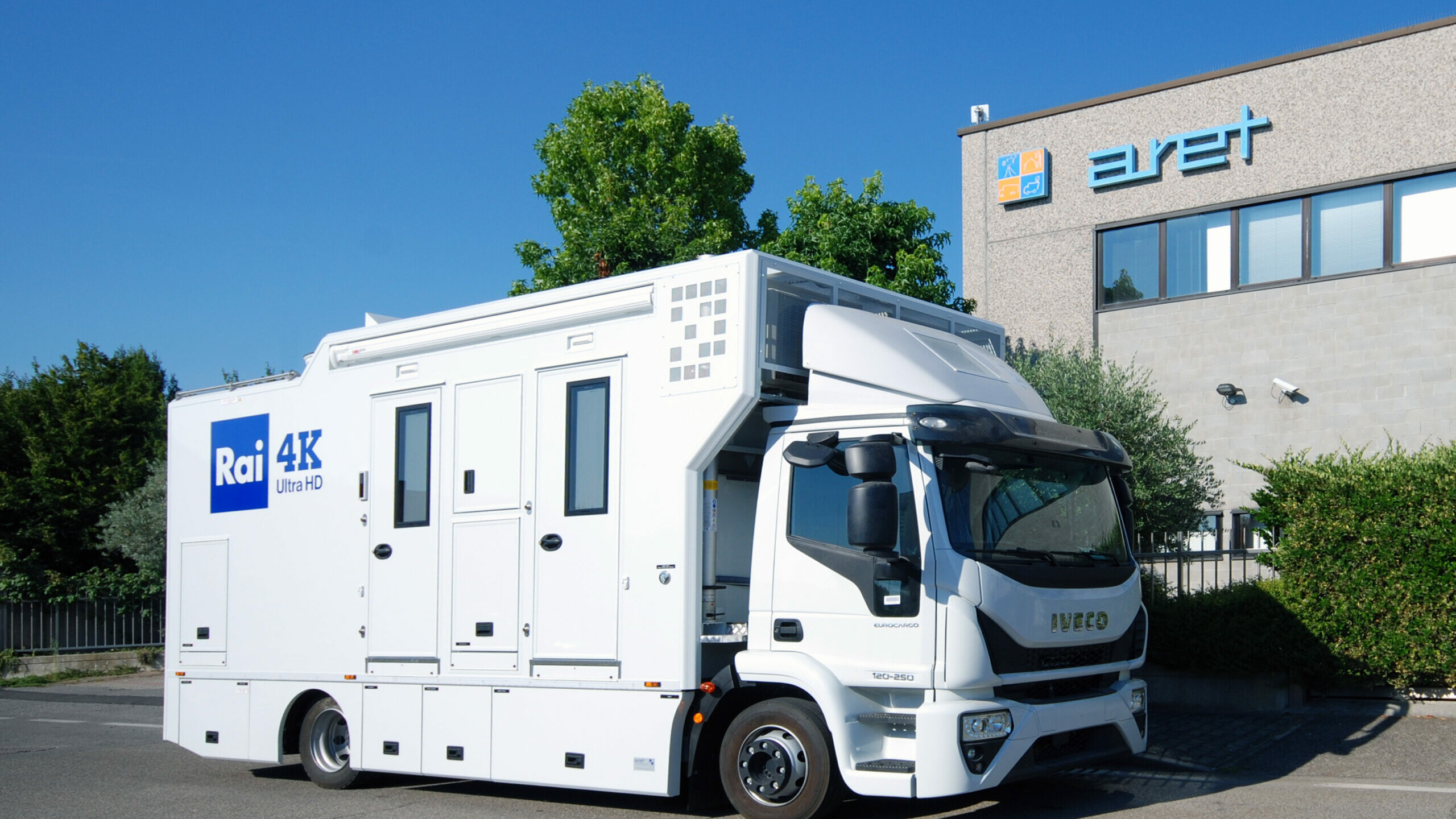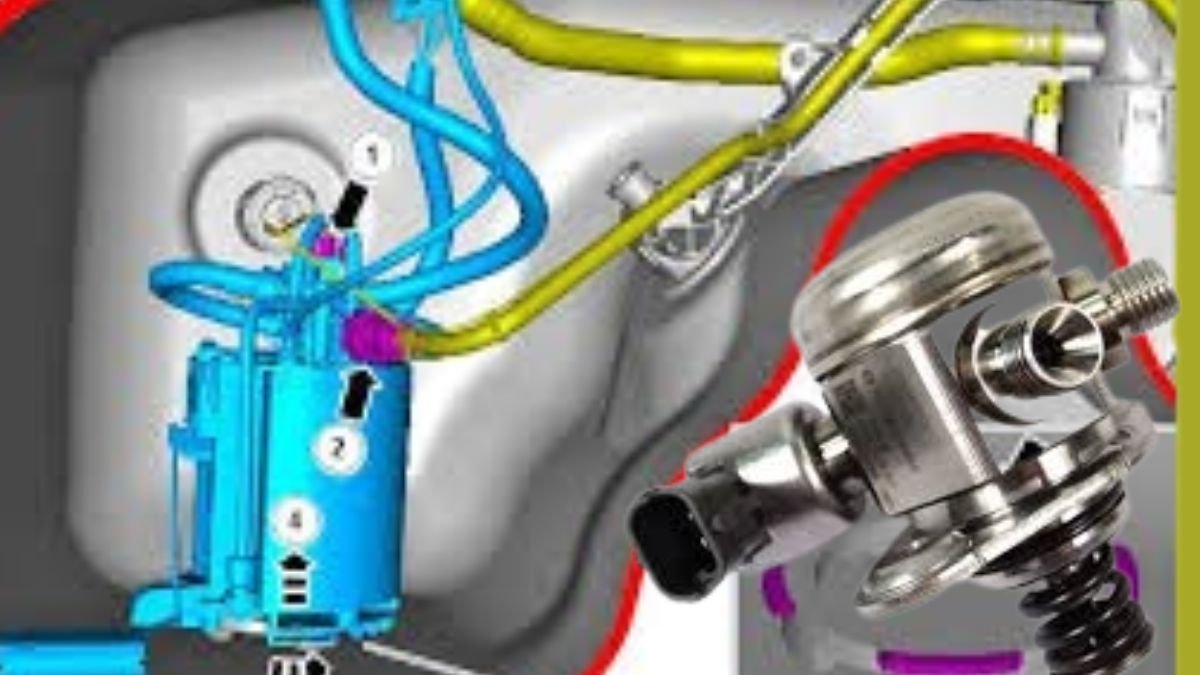Types of Rai Vans:
Rai Vans are tailored to specific purposes, offering diverse configurations to meet various transportation needs:
1. Passenger Rai Vans:
Engineered for the comfortable and safe transportation of passengers, these vans are integral to public transit, shuttle services, and tourism. With ergonomic seating, climate control, and entertainment systems, passenger Rai Vans prioritize the well-being and satisfaction of travelers.
2. Cargo Rai Vans:
Designed with robust cargo-carrying capabilities, these vans excel at efficiently transporting goods. Featuring spacious interiors, durable construction, and customizable cargo configurations, cargo Rai Vans are essential for logistics and delivery services, ensuring the secure and timely transportation of merchandise.
3. Special-Purpose Rai Vans:
This category encompasses a spectrum of specialized vehicles catering to unique requirements. From ambulances equipped with life-saving medical equipment to mobile workshops facilitating on-the-go repairs, special-purpose Rai Vans serves a diverse array of industries, including healthcare, construction, and utilities. Design and Features:
Rai Vans boast meticulously crafted designs and advanced features that enhance functionality and appeal.
1. Exterior Design:
Characterized by sleek, aerodynamic profiles, Rai Vans minimize wind resistance while enhancing aesthetics and fuel efficiency. LED lighting systems and durable body materials contribute to the overall durability and visual appeal of Rai Vans.
2. Interior Design:
Passenger comfort and cargo versatility are paramount in Rai Van interiors. Ergonomic seating arrangements, ample legroom, and sound insulation ensure a pleasant journey for passengers, while modular cargo configurations and tie-down points maximize space utilization for cargo transportation.
3. Technological Advancements:
Rai Vans integrates state-of-the-art technology to enhance performance, safety, and connectivity. GPS navigation systems provide real-time route guidance, while advanced driver assistance systems (ADAS) enhance driver awareness and safety. Connectivity features enable remote monitoring and management, ensuring optimal performance and efficiency.
Manufacturers of Rai Vans:
Several leading automotive manufacturers drive innovation and excellence in the production of Rai Vans:
1. Ford:
Renowned for its versatile and reliable Transit series, Ford has established itself as a leader in the Rai Van market, offering a wide range of models tailored to diverse transportation needs.
2. Mercedes-Benz:
Known for its high-end Sprinter vans, Mercedes-Benz combines luxury with performance, providing premium Rai Van options for discerning customers seeking comfort and sophistication.
3. Nissan:
With its efficient and durable NV series vans, Nissan caters to a broad audience, offering practical and affordable Rai Van solutions for both commercial and personal use.
Advantages of using Rai Vans:
Utilizing Rai Vans offers numerous benefits that contribute to their widespread adoption and popularity, including:
1. Efficiency and Reliability:
Rai Vans deliver unparalleled efficiency and reliability, with robust engines, streamlined designs, and advanced features ensuring seamless operation and minimal downtime.
2. Environmental Impact:
Many Rai Vans incorporate eco-friendly technologies, such as electric or hybrid powertrains, reducing emissions and promoting environmental sustainability. By adopting Rai Vans, businesses and individuals can contribute to a greener and cleaner future.
3. Cost-Effectiveness:
Despite initial investment costs, Rai Vans offer long-term cost savings through enhanced fuel efficiency, minimal maintenance requirements, and operational reliability. With a lower total cost of ownership, Rai Vans provide a compelling value proposition for businesses and fleet operators.
Rai Vans vs. Traditional Vans:
Comparing Rai Vans to traditional vans highlights their superior performance and benefits:
1. Performance Comparison:
Rai Vans outperform traditional vans in terms of power, handling, and overall efficiency. With more advanced engines and superior design, Rai Vans offer smoother rides and better maneuverability, enhancing driver satisfaction and passenger comfort.
2. Cost Analysis:
While initial costs may be higher, the long-term savings and benefits of Rai Vans outweigh those of traditional vans. With lower fuel consumption, reduced maintenance costs, and higher resale values, Rai Vans offer a more cost-effective investment over the vehicle’s lifecycle.
3. Environmental Considerations:
Rai Vans prioritize environmental sustainability, featuring eco-friendly technologies that mitigate emissions and reduce environmental impact compared to traditional vans. By choosing Rai Vans, businesses and individuals can minimize their carbon footprint and contribute to a healthier planet.
Applications of Rai Vans:
The versatility of Rai Vans renders them indispensable across various sectors, including:
1. Public Transportation:
Rai Vans serve as reliable modes of public transit, providing efficient and comfortable travel for urban commuters and intercity passengers alike. With their spacious interiors and accessible design, Rai Vans cater to diverse passenger needs, facilitating inclusive and accessible transportation solutions.
2. Logistics and Delivery:
In the realm of logistics and delivery, Rai Vans play a vital role in transporting goods efficiently and reliably. Whether delivering packages to residential addresses or transporting bulk cargo between distribution centers, Rai Vans ensures the seamless flow of goods through supply chains, contributing to economic growth and prosperity.
3. Tourism and Travel:
Rai Vans caters to the tourism industry, providing tourists with convenient and enjoyable means of exploring destinations. Whether on guided tours or independent journeys, tourists rely on Rai Vans for safe and comfortable transportation, enabling memorable experiences and unforgettable adventures.
Rai Vans in Urban Planning:
In urban planning and development, Rai Vans contribute to enhancing mobility and sustainability.
1. Integration with Public Transport Systems:
Rai Vans seamlessly integrates into existing public transit networks, providing essential connections and extending transit coverage to underserved areas. By complementing bus and rail services, Rai Vans enhances the accessibility and convenience of public transportation, promoting multimodal mobility solutions.
2. Role in Reducing Traffic Congestion:
By offering viable alternatives to private vehicles, Rai Vans contribute to alleviating traffic congestion and reducing environmental pollution in congested urban environments. With efficient routes and shared mobility options, Rai Vans help optimize urban transportation systems, enhancing overall mobility and livability.
Challenges and Solutions:
Despite their advantages, Rai Vans encounter challenges that necessitate innovative solutions:
1. Maintenance and Repairs:
Regular maintenance and timely repairs are essential to ensuring the longevity and performance of Rai Vans. By adhering to manufacturer guidelines and employing quality servicing, businesses and individuals can minimize downtime and maximize the reliability of their Rai Vans.
2. Regulatory Issues:
Compliance with regulatory requirements poses challenges for Rai Van operators. By staying informed about local, national, and international regulations governing vehicle operations and emissions, businesses and individuals can ensure legal compliance and avoid penalties.
3. Safety Concerns:
Ensuring passenger and cargo safety remains a top priority for Rai Van operators. By implementing stringent safety standards, conducting comprehensive testing, and investing in advanced safety features, businesses and individuals can mitigate risks and enhance the safety of their Rai Vans.
Future of Rai Vans:
The future of Rai Vans holds promise, with exciting developments on the horizon:
1. Technological Innovations:
Rai Vans will continue to evolve with the integration of advanced technologies, including autonomous driving capabilities, smart connectivity features, and enhanced safety systems. By embracing innovation, Rai Van manufacturers can stay ahead of the curve and meet the evolving needs of customers.
2. Market Trends:
Growing demand for eco-friendly and efficient transportation solutions will drive innovation and expansion in the Rai Van market. With increasing awareness of environmental sustainability and rising fuel costs, Rai Vans will become increasingly attractive to businesses and individuals seeking greener and more cost-effective mobility solutions.











